Gardeners Hither Green
Introduction 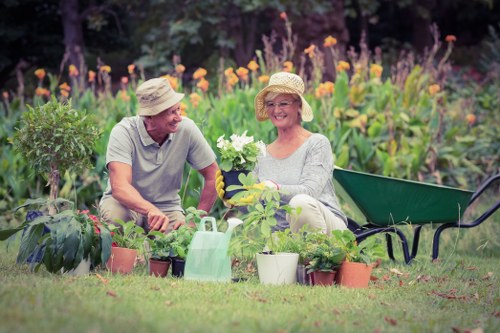
Gardeners Hither Green is a vibrant community where passionate horticulturists, local enthusiasts, and dedicated volunteers come together to celebrate the art and science of gardening. Nestled in one of London’s hidden gems, Hither Green offers both a rich history and a forward-thinking approach to sustainable green spaces. In this article, we explore the many facets of gardening in Hither Green, the impact on local community practices, and tips for those interested in creating their own green oasis.
Spanning decades of tradition and innovation, Hither Green is known for its unique blend of urban practicality and verdant creativity. Gardeners here are not only caretakers of shared spaces; they are custodians of a legacy that embraces local flora, creativity, and community connection. This article uses a mix of historical insight and contemporary trends to provide a definitive look into what makes gardening in Hither Green so exceptional.
Combining history with modern techniques, community gardens have taken root across the area, reflecting evolving urban gardening trends. From organic pest control methods to sustainable landscaping, many local gardeners use environmentally friendly practices that meet the challenges of today’s urban lifestyle. The discussion naturally extends into how these practices benefit both the environment and the community spirit, linking tradition with innovation in every green project undertaken.
The Historical Roots of Hither Green Gardening
Hither Green’s gardening history tells a compelling story of transition from rough, untended land into a series of carefully curated green spaces. In the early days, local residents transformed abandoned plots into communal gardens, thereby nurturing organic food production, beautifying their surroundings, and cultivating social connections. The legacy of these early gardeners lives on in the local community, and historical landmarks often serve as a reminder of the perseverance and passion that fueled the transformation of the area.
Heritage and tradition are deeply embedded in the community, and many of the gardening practices introduced decades ago are still in use today. This historical continuity provides a strong foundation for modern gardeners who draw inspiration from past successes. Local archives and neighborhood stories reveal that every bloom and every manicured lawn tells a story of resilience and care.
The evolution of gardening in Hither Green also mirrors broader societal changes. Early community settlers were both practical and innovative, learning to cultivate plants that thrived almost effortlessly in urban conditions. Their practices set the stage for sewage management, seasonal planting, and even early forms of organic agriculture, ensuring that gardening would remain both an art and a science in the local culture.
Horticulture and Community Innovation 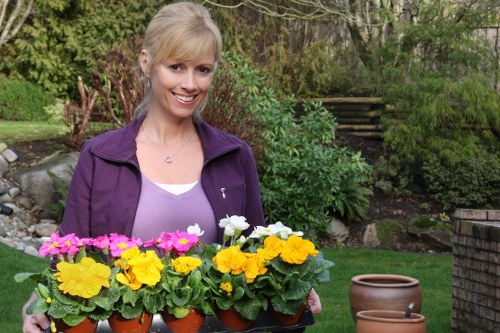
Modern horticulture in Hither Green is characterized by a dynamic mix of community action and innovative practices. With several urban gardens and allotments dotting the region, local gardeners are embracing sustainable methods that reduce waste, recycle water, and encourage biodiversity. This resurgence of interest in organic growth and landscape gardening has made Hither Green a model for urban sustainability.
Urban gardening groups frequently host workshops and training sessions to share expertise on topics like organic gardening, sustainable landscaping, and urban horticulture. These sessions not only enrich the knowledge base of individuals but also strengthen community bonds. Residents share seeds, exchange gardening tips, and even organize seasonal events that bring people together under the common goal of environmental stewardship.
This blend of traditional methods and modern innovation serves as a beacon for local environmental progress. Gardeners in Hither Green make use of companion planting, natural pest suppression, and energy-efficient gardening tools—all of which minimize the carbon footprint while maximizing green output. The result is a thriving network of green sanctuaries that provides fresh produce, calming natural spaces, and a sense of pride in nurturing the environment.
Modern Urban Gardening Trends in Hither Green
As urban spaces evolve, so do the trends in gardening, and Hither Green is at the forefront of these changes. Modern city gardening in the area embraces small-scale farming, vertical landscaping, and the creative repurposing of unused spaces into thriving green hubs. Such practices are not only visually appealing but also practical for those living in densely populated urban areas.
Innovations such as rooftop gardens, community allotments, and edible landscapes are becoming increasingly popular amongst local residents. These initiatives allow residents to enjoy the benefits of green spaces, such as improved air quality and reduced urban heat islands, while fostering a connection with nature. Careful planning and sustainable methodologies have given rise to spaces where local wildlife thrives alongside cultivated flora.
Many local organizations collaborate with schools, community centers, and municipal agencies to promote gardening as a vital part of urban life. This collaborative effort not only nurtures the gardens themselves but also cultivates a deeper understanding of environmental stewardship. As a result, local initiatives have become case studies in modern urban planning, balancing development with ecological balance.
Gardeners and Community Impact
Locally led gardening initiatives in Hither Green are not just about cultivating plants—they also foster community spirit and provide a space for collaboration among diverse groups. Neighbors, families, and even local artists contribute to the spaces, turning them into vibrant centers of cultural exchange. These gardens offer a refuge from urban noise and a chance to experience the therapeutic effects of nature.
Beyond aesthetic improvements, community gardens in Hither Green have significant social benefits. They create safe, open spaces where children can play and learn about nature, while elders share decades of wisdom with younger generations. Furthermore, initiatives such as food sharing and volunteer-based garden management help bridge generational gaps and build stronger community relationships.
These gardens also serve as outdoor classrooms where practical lessons in sustainability and ecology are taught. The emphasis on organic produce, seasonality, and biodiversity enriches local understanding of nature's cycles, making these gardens both a physical space for relaxation and a hub for educational activities. Community pride in these spaces only strengthens as more residents come together to care for them, proving that gardening is a shared journey of growth and renewal. 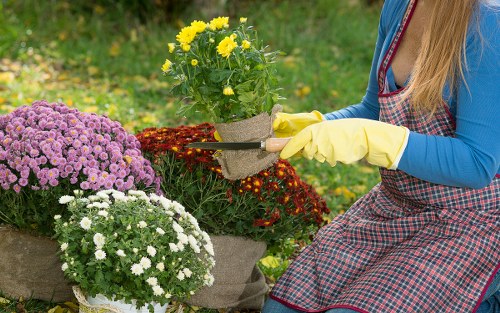
Sustainable Gardening Practices
Sustainable gardening practices are at the heart of the horticultural movement in Hither Green. Emphasizing the use of natural fertilizers, reclaimed water, and renewable energy, these practices help reduce the environmental impact of urban gardening. Local experts advocate for a thoughtful approach to green space management, ensuring that all efforts contribute not only to beautification but also to ecological balance.
Innovation in sustainability is evident in several pilot projects around Hither Green. For instance, rainwater harvesting systems have been integrated into community gardens, providing much-needed water for plant growth while conserving a precious resource. Organic pesticides and biodegradable planting materials are favored over chemicals, ensuring that both soil and water remain pure and healthy for future generations.
The push towards sustainable gardening resonates deeply with the local community. Many residents have adopted practices such as composting, mulching, and intercropping to promote soil health and reduce waste. Workshops and community events are dedicated to demonstrating these techniques, ensuring that sustainable practices are shared widely. In this way, Hither Green stands as a living example of how urban gardening can thrive in harmony with nature. 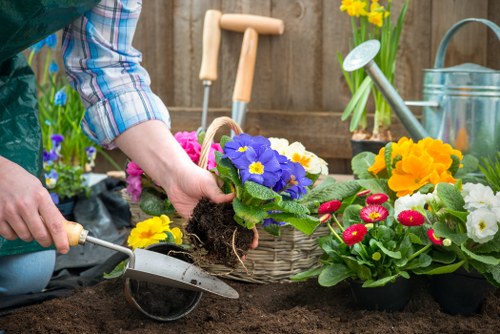
Local Neighbourhoods Surrounding Hither Green and FAQs 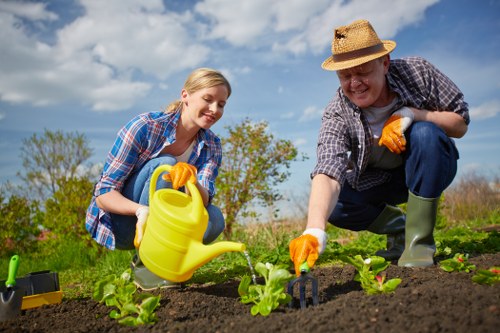
Gardeners in Hither Green benefit from the close proximity of many charming neighbourhoods that each contribute to the area’s overall character. These nearby areas hold unique attractions, practical amenities, and even neighboring green spaces that draw on similar community-centric gardening initiatives. Exploring these areas provides additional insight into the shared culture of urban gardening across South East London.
Some of the closest and most significant areas include Catford, known for its vibrant street markets and community gardens; Deptford, celebrated for its artistic vibe and repurposed urban spaces; and Lewisham, where historic parks blend seamlessly with modern community projects. These areas are not only geographically close to Hither Green but also echo many of its gardening philosophies, such as sustainability and community resilience.
Other notable nearby neighbourhoods include Blackheath, revered for its picturesque open areas and historic charm; Greenwich, a district with a rich maritime heritage and innovative urban projects; Peckham, which has undergone rapid transformation with a focus on art and culture; along with Brockley, Nunhead, Forest Hill, and Dulwich. Each of these areas contributes its own flavor to the local gardening network, creating a tapestry of shared interests and sustainable practices. This connectivity extends the benefits of gardening far beyond Hither Green, weaving together a regional narrative that is both creative and profoundly rooted in community well-being.
Frequently Asked Questions
- What makes gardening in Hither Green unique?
Gardeners in Hither Green blend historical traditions with modern sustainable practices. Their emphasis on community gardens, organic methods, and innovative urban techniques makes the local horticultural culture intriguing and distinct.
- How can I get involved in community gardening?
Participation is simple. Local groups often host workshops and volunteer days. You can join community centers or check social media pages dedicated to Hither Green gardening projects for updates on upcoming events.
- What sustainable practices are popular locally?
Residents prioritize organic fertilizers, rainwater harvesting, intercropping, and composting techniques. These methods have been shared in local classes and workshops to improve both yield and environmental impact.
- Which nearby areas support similar gardening initiatives?
Neighbourhoods like Catford, Deptford, Lewisham, Blackheath, Greenwich, Peckham, Brockley, Nunhead, Forest Hill, and Dulwich share similar community practices and sustainable gardening initiatives.
- Why is urban gardening important in today’s cities?
Urban gardening enhances air quality, reduces the urban heat island effect, fosters community interaction, and provides local, organic produce. It is a practical approach to improve both the environment and community well-being.